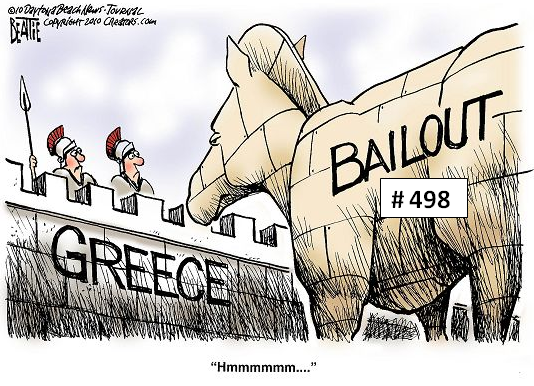Philip Pilkington: Neoclassical Dogma – : How Economists Rationalise Their Hatred of Free Choice
By Philip Pilkington, a journalist and writer living in Dublin, Ireland
What if all the world’s inside of your head
Just creations of your own?
Your devils and your gods
All the living and the dead
And you’re really all alone?
You can live in this illusion
You can choose to believe
You keep looking but you can’t find the woods
While you’re hiding in the trees
– Nine Inch Nails, Right Where it Belongs
Modern economics purports to be scientific. It is this that lends its practitioners ears all over the world; from the media, from policymakers and from the general public. Yet, at its very heart we find concepts that, having been carried over almost directly from the Christian tradition, are inherently theological. And these concepts have, in a sense, become congealed into an unquestionable dogma.
We’ve all heard it before of course: isn’t neoclassical economics a religion of sorts? I’ve argued here in the past that neoclassical economics is indeed a sort of moral system. But what if there are theological motifs right at the heart of contemporary economic theory? What does this say about its validity and what might this mean in relation to the social status of its practitioners?
Let us turn first to one of the most unusual and oft-cited pieces of contemporary economic doctrine: rational expectations theory.
Read more...



